The Imperial Savoy was produced between 1956 and 1965 by Chicago based Imperial Camera Corp. The Imperial Camera Corp was previously called the Herbert George Camera Co, founded by Herbert Well and George Israel in 1945, they changed their name to Imperial Camera Corp in 1961, and the Imperial Savoy was one of the first 6×6 cameras they produced under the new name.
The Savoy takes 620 roll film, giving 12 6×6 exposures. 620 film is pretty much identical to 120 film with the exception that the spool it’s wound around has thinner ends, making the roll of film shorter. It’s possible to re-spool 120 film onto a 620 spool and it’ll fit the camera fine. This can be done yourself or respooled 120 film is available on line.
The Savoy was one of the first cameras to be made in several colours, blue, tan, grey, black red (which I’m on the look out for) and green – which I have here.
Being made during the early days of the space race the Savoy is decorated with graphics of satellites and grills on the aluminium faceplate and moulded fins on the top and down the back.
The Savoy is a simple plastic box camera, the plastic lens is fixed focus and there are no exposure controls. The shutter is operated by a single spring which depending on how fast you press the shutter button depends on how fast the shutter opens and closes. The camera was also released under different names, the Mark XII Flash, Reflex, Six Twenty and Six Twenty Reflex. Some versions had a flash socket consisting of two holes on the side of the camera where a flash bulb with a dish shaped reflector would slot into
satellite detailing
first saw the later Savoy II in an issue of Light Leaks magazine, and fell in love with the lurid pea green colour and retro design, I tried to hunt one down, but with no success – instead I did come across the original Savoy – and this was the first camera I bought that led me to collecting more Imperial cameras, and then onto old cameras as a whole, so this little green box has a special place in my collection.
I re-spooled some 120 film and I took it out for the first time around London – see some of the results below – and it was quite hard to walk around China Town and Soho without being stopped every 20 yards by people stopping me to look at the camera, asking me where I got it, and commenting on how cute it was.
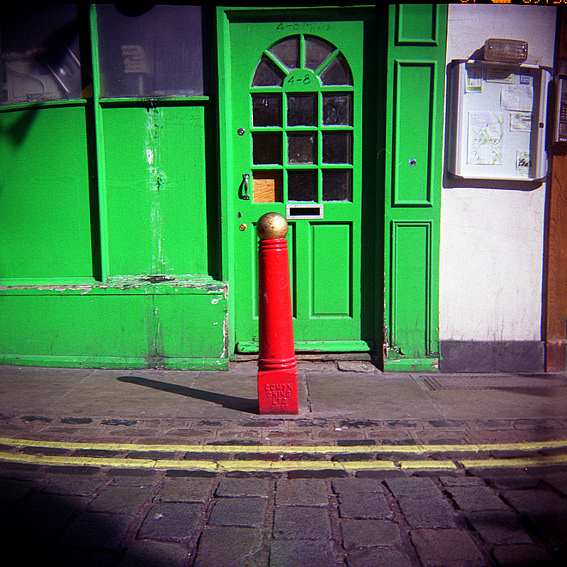
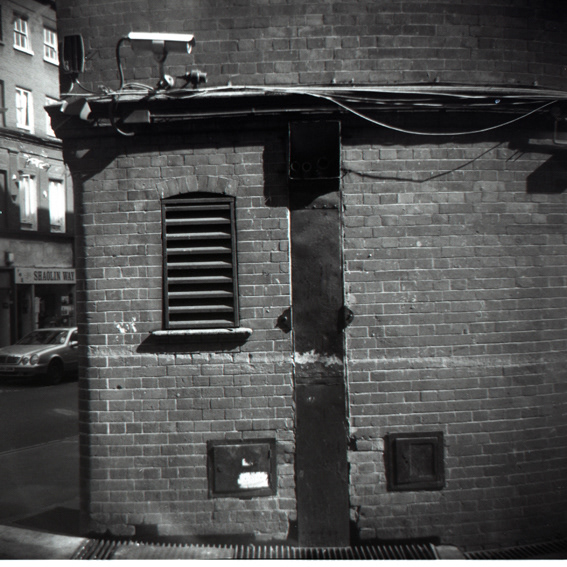
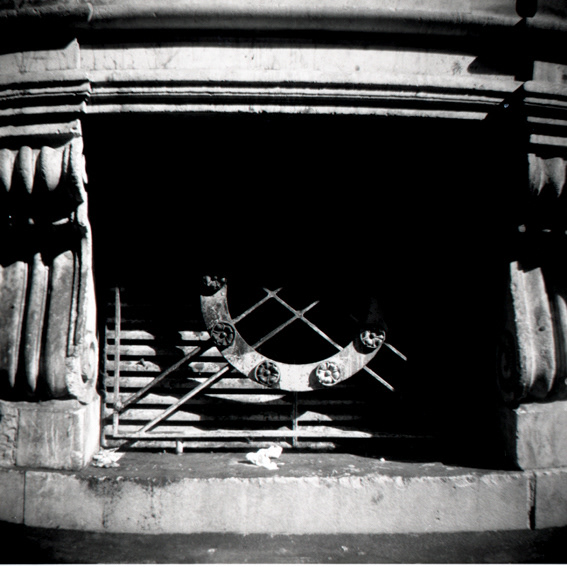

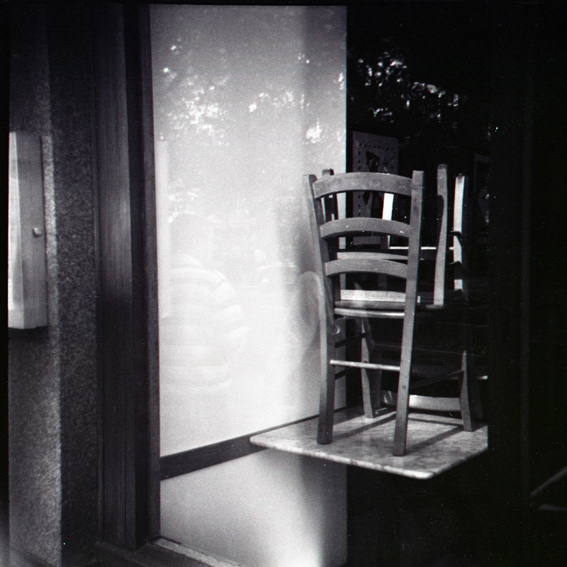
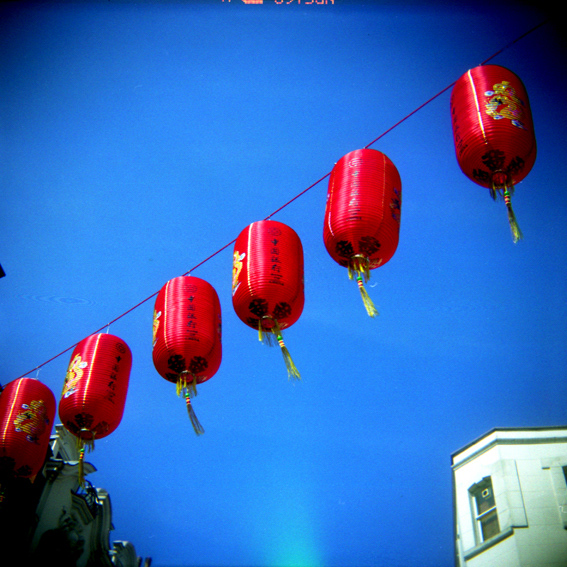
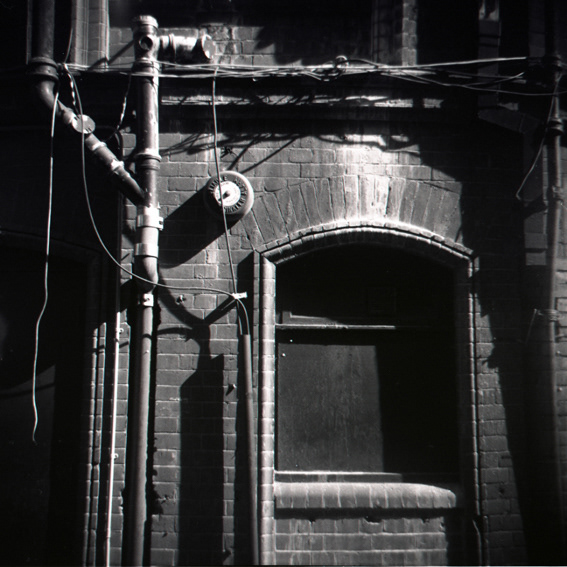
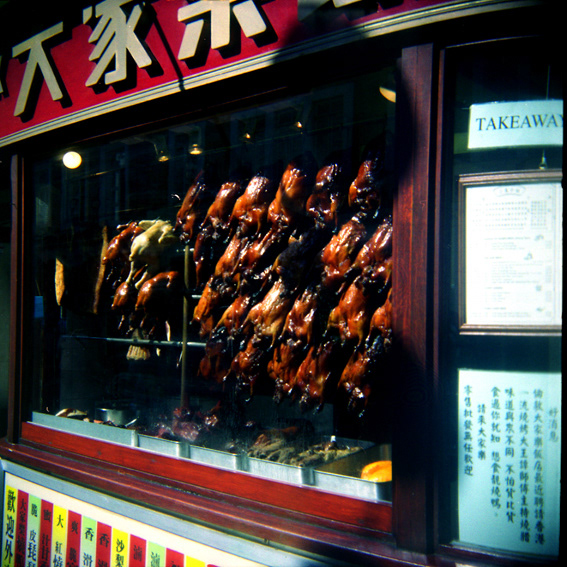
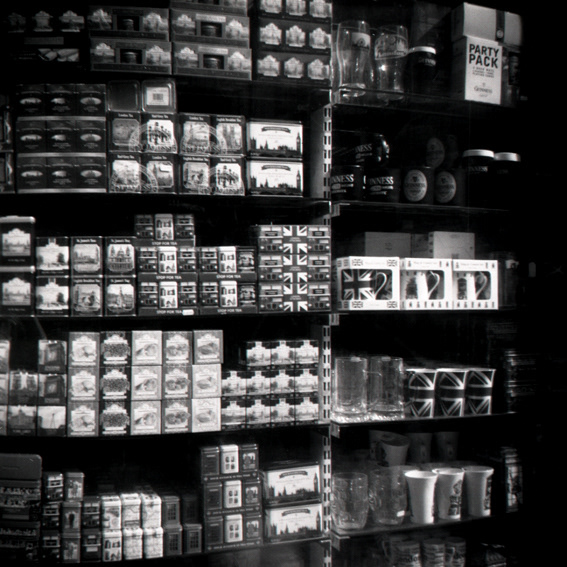
The one disadvantage I did come across was that the view finder is tiny, and only shows a small section of what you are actually photographing, I didn’t realise this until I processed the films and all the images had more in them than I had composed for, but I was still very pleased with the results, what you’d expect form a plastic lens camera, some distortion and blurring around the edges, vignetting in the corners and the occasional light leak. It’s still one of my favourite cameras, and I should use it more than I do to be honest.